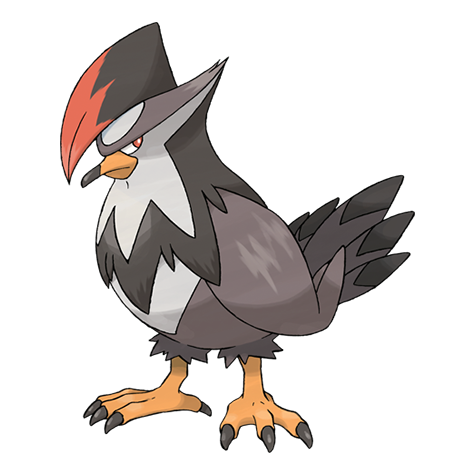I heard something to do with Nitrogen and …cow farts(?) I am really unsure of this and would like to learn more.
Answer -
4 Parts
- Ethical reason for consuming animals
- Methane produced by cows are a harmful greenhouse gas which is contributing to our current climate crisis
- Health Reasons - there is convincing evidence that processed meats cause cancer
- it takes a lot more calories of plant food to produce the calories we would consume from the meat.
Details about the answers are in the comments


deleted by creator
Who says that land couldn’t be used for much else? You could grow fruit, nuts, rice, whatever
Have you seen a ranch? They don’t use farmable land.
A lot of farmable land is used to grow animal feed, especially cattle feed.
deleted by creator
We don’t have a food shortage.
It increases methane emissions and doesn’t scale
https://iopscience.iop.org/article/10.1088/1748-9326/aad401
https://iopscience.iop.org/article/10.1088/1748-9326/aad401/pdf
Further, plenty of the land that grazing takes place on is not naturally grassland, and the “grass-fed” that you’ll see anywhere are still getting grain as well
https://theconversation.com/livestock-grazing-is-preventing-the-return-of-rainforests-to-the-uk-and-ireland-198014
Places that have tried to scale grass-fed production up have all kinds of problems. For instance, New Zealand often likes to tout its grass-fed production, but the production levels are so high that it’s a heavy polluter. It would require a 12-fold reduction in size in one region to meet the bare minimum standards for drinking water safety
https://theconversation.com/11-000-litres-of-water-to-make-one-litre-of-milk-new-questions-about-the-freshwater-impact-of-nz-dairy-farming-183806
That’s like 3% of the cows. The rest is raised in factory farms.
This is nonsense.
‘Exception for male dairy calves, production is predominantly pastoral-based, with young stock spending relatively brief portions of their life in feedlots. ’
https://www.ncbi.nlm.nih.gov/pmc/articles/PMC6039332/
Almost all cattle spends some time on feedlots, as grain improves the meat close to slaughter. Ignore these sites that give the false impression that almost all cows are raised in feedlots. It is blatantly incorrect and obvious to anyone that drives outside the city and looks out of the window.
The number of cattle that can be raised this way is so small it isn’t a valid option to meet demand.
Also, that land could be used for other things like goat farming which would be far more energy efficient than cattle.
that land could be used to house millions of humans
No no no, we pack humans into polluted, crowded, vermin ridden cities with slums and ghettos, didn’t you get the memo?